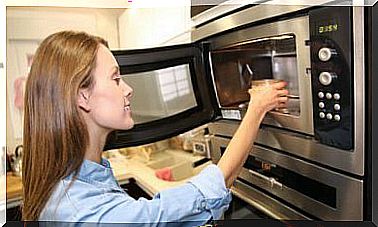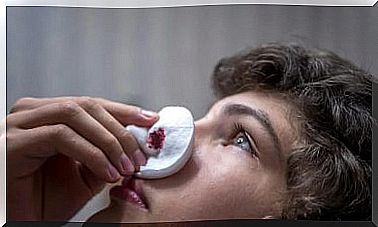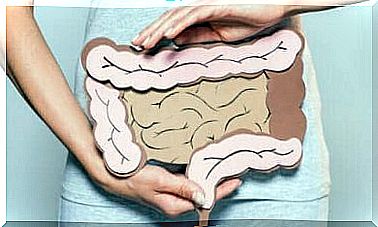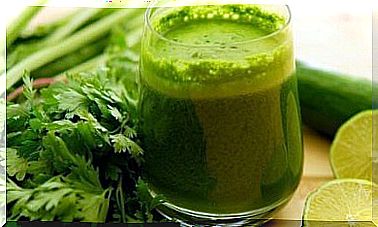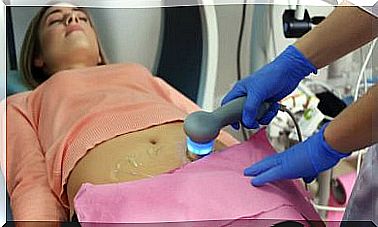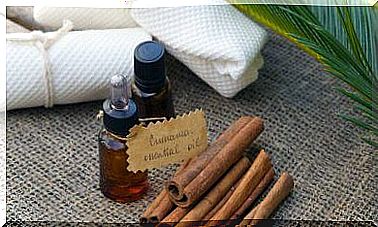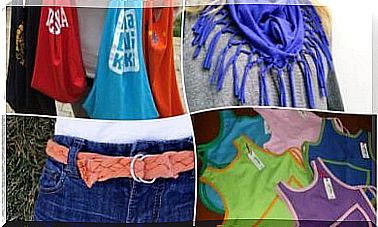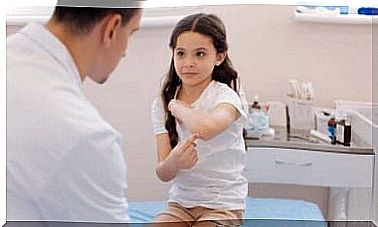The Use Of Heat And Cold Necessary For Sports Injuries
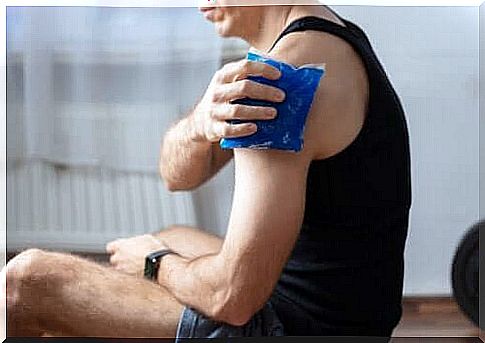
Engaging in any physical activity automatically carries the risk of unforeseen injuries. When that happens, there are many doubts about how to deal with them. And while the use of heat and cold for sports injuries is widely recommended, there are some gaps in knowledge that need to be filled.
When is it recommended to use heat and cold ? How are these techniques applied? What are their advantages? How long should the compress be left on the sore spot? You will find answers to each of these questions as you continue reading. Learn to effectively heal injuries!
Applying cold to sports injuries
The use of cold compresses is aimed at treating diseases of the musculoskeletal system. More specifically, local cryotherapy is used to counteract inflammation, injury and muscle strain. To broaden the range of options where ice is recommended, consider the following physical issues.
- Sprain.
- Bursitis.
- A tear or tear in a muscle.
- Inflammation.
Cold works by narrowing or constricting blood vessels. Thus, blood flow to the affected area begins to decrease, which helps to reduce inflammation in a short time.
Benefits
The benefits of using cold for injuries are to relieve pain from the injury, reduce swelling, and minimize muscle spasm.
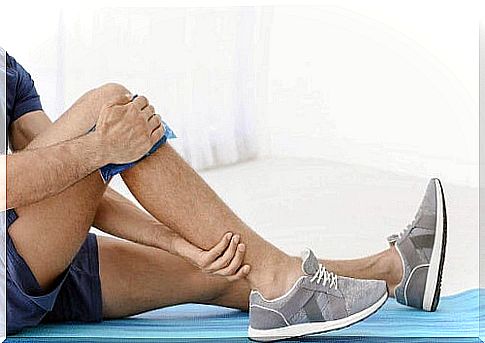
How are cold compresses used?
It is recommended to apply cold compresses with a gel bag or a piece of ice wrapped in a cloth to avoid direct contact with the skin. The time of applying the compress varies from 10 to 30 minutes.
In addition, it is required not to apply cold continuously, but to repeat the treatments in cycles of 2 hours.
On the other hand, the use of cold as part of a therapeutic procedure is contraindicated in the following cases:
- Open wounds.
- People suffering from sympathetic dysfunction.
- People with Raynaud’s syndrome.
- Tumors
Applying heat to sports injuries
Thus, we took the first step to dispel doubts about the use of heat and cold in the event of sports injuries. So when is it recommended to raise the temperature of the compresses?
In fact, the use of heat is particularly targeted at muscle injuries (contractures) and joint discomfort. In addition, its use in treatment becomes essential when an athlete experiences chronic pain.
The effect of thermotherapy is to widen the blood vessels. This condition causes increased blood flow, nutrients, and oxygen to the affected area. In addition, metabolic activity is catalyzed. Of course, inflammation also increases.
Benefits
The benefits of knowingly applying heat to deal with the aforementioned ailments are listed below:
- Muscle relaxation.
- Reduce pain in muscles and joints.
- Increased soft tissue performance.
- Low blood pressure.
- Increased mobility in the injury area as a result of improved flexibility in tendons, muscles and joints.
How are warm compresses used?
Hot compresses, whirlpool tubs, high-temperature wipes, heating lamps and ultrasound are the most commonly used elements for applying heat to trauma sites.
In turn, the time when the convalescence process using thermotherapy should begin is determined between 48 and 72 hours after the occurrence of a physical injury.
After the initial step, the selected material is applied to the skin (discontinuously) for 10 to 30 minutes.
As with cold, there are scenarios where hot compresses should not be applied. Among the circumstances in which this treatment is not recommended are:
- Inflammation.
- Very hot trauma area.
- Malignant neoplasms.
- Fresh hits.
- Differences in sensitivity.
- Infection.
- Haemorrhage.
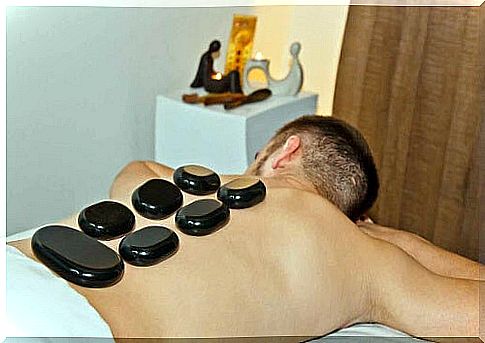
Applying heat and cold alternately (contrast baths)
At this point, there is already a much broader spectrum and a solid foundation for heat and cold in the event of an injury. And it turns out that treatments with different temperatures are not always incompatible. Hence the so-called “contrast baths”.
This therapy is performed by alternating the application of heat and cold to treat certain injuries and injuries. Accordingly, the vasodilation and constriction are alternately stimulated to improve local circulation, especially in the limbs.
Before dipping, you should carefully take care of the temperature of both hot and cold water, as the effectiveness of the process will depend on this. Therefore, hot water should be between 38 and 44 ℃.
Meanwhile, cold water should be kept at a temperature between 10 and 20 ℃. It is used to a greater extent for problems with ligaments and sprains.
Final tips for heat and cold in case of injuries
It should be remembered at all times that the use of cold and heat to treat an injury is in addition to other methods of speeding up recovery. In addition, exercises recommended by a physiotherapist and massages will perfectly complement the complete rehabilitation process.
Finally, the choice of cryotherapy, thermotherapy or contrast should be strictly left to specialists in order to avoid deleterious initial effects that weaken the adequacy of the atrophy.

